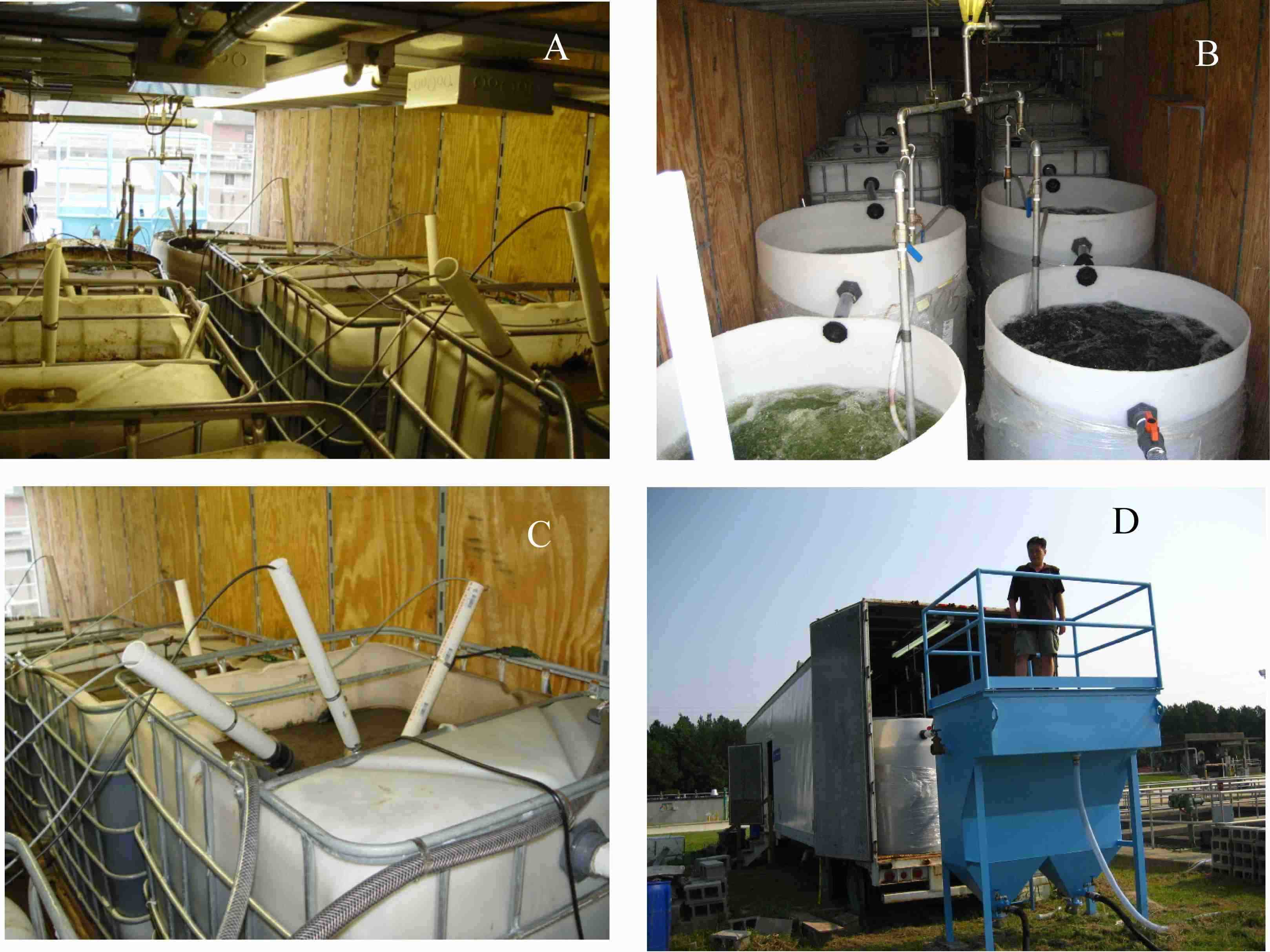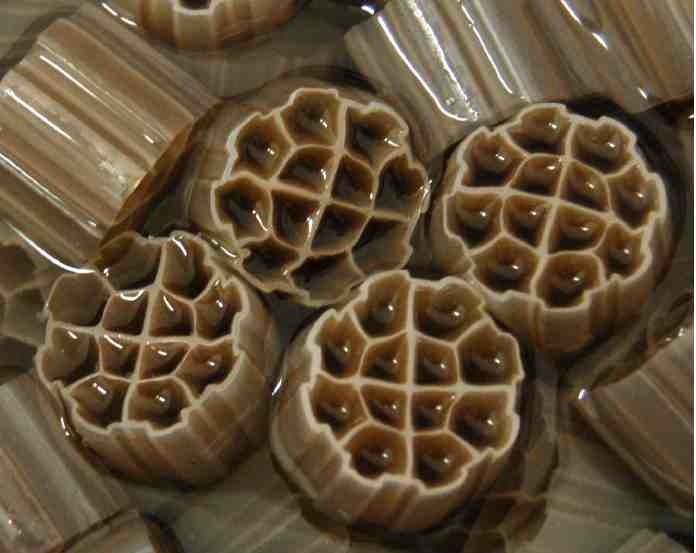PILOT SCALE INVESTIGATION OF
INTEGRATED FIXED FILM ACTIVATED SLUDGE:
The South Durham IFAS Pilot Research Facility
With new funding from the North Carolina Biotechnology Center, we are currently building a pilot wastewater treatment system to investigate fundamental and practical aspects of Integrated Fixed Film Activated Sludge (IFAS) process at the South Durham Water Reclamation Facility. This is a collaborative project with the City of Durham, Entex Technologies, Inc. of Chapel Hill, North Carolina, Ashbrook Simon-Hartley, and the engineering consulting firms of Hazen and Sawyer and CH2M HILL.
IFAS is a promising technology with great potential to improve the performance of biological wastewater treatment plants by adding media to conventional, suspended growth (activated sludge) systems to provide surfaces for microbial attachment. This attached microbial growth provides increased rates of waste degradation and removal, and is thought to be particularly well suited for increasing rates of ammonia conversion to nitrate (nitrification). Because of its simplicity and low space requirements, IFAS may be ideal for increasing the capacity of existing systems without building additional reactors.
Our pilot system has been largely designed and constructed by our postdoctoral associate, Hyun-su Kim, has been up and running since September of 2007.

Pilot wastewater treatment system at the South Durham Plant. Biological reactors (A and B), measurement probes donated by Hach Co. (C), and Dr. Kim on standing on top of clarifiers outside of trailer (D).

Closeup of plastic IFAS media (Bioportz) from aerobic reactor, showing microbial biofilm enriched with nitrifying bacteria. Media diameter is approximately 2 cm.
More information about the IFAS media to be evaluated can be found at the Entex Technologies website.
The objectives of this project are:
- to determine biokinetic parameters for nitrifying organisms associate with the IFAS media
- development of improved process models for improved design and performance
- integration with a novel clarifier/membrane filtration system with applications for water reuse
- evaluation and optimization for removal of emerging trace organic contaminants, including endocrine disrupting chemicals (EDCs)
- identification and characterization of biofilm microorganisms using molecular methods.